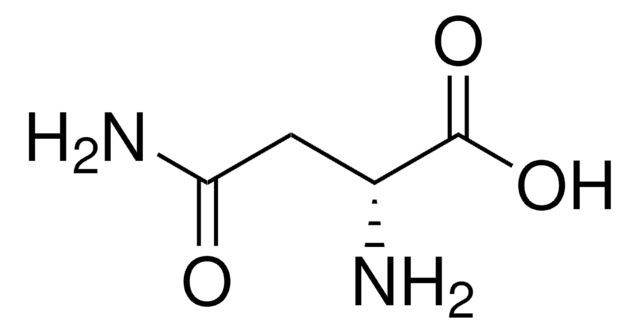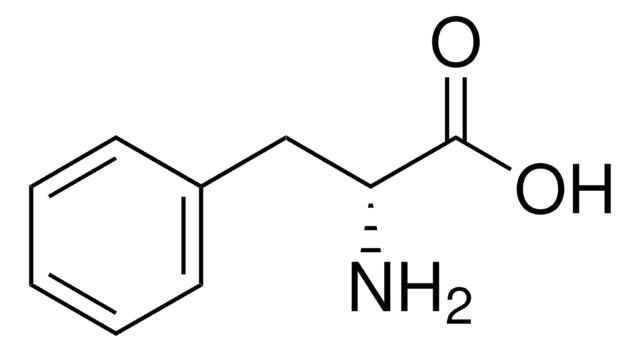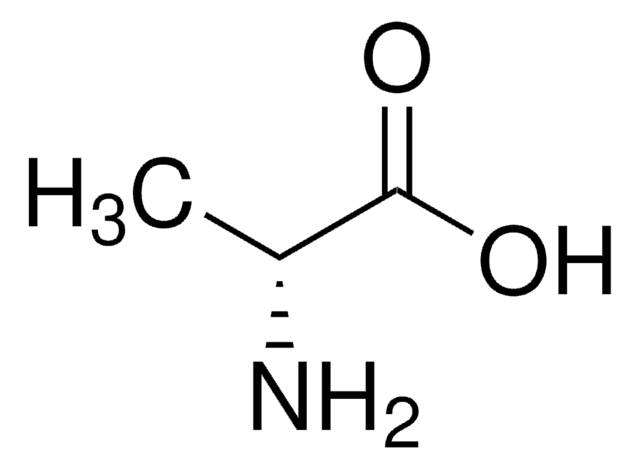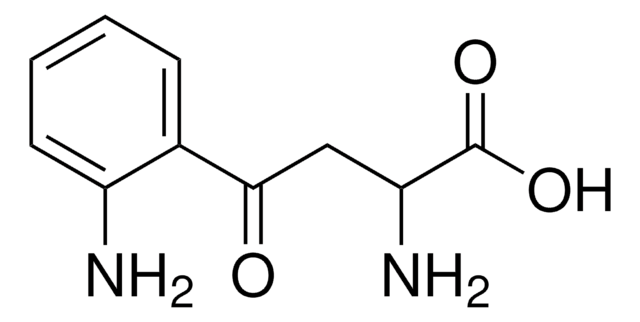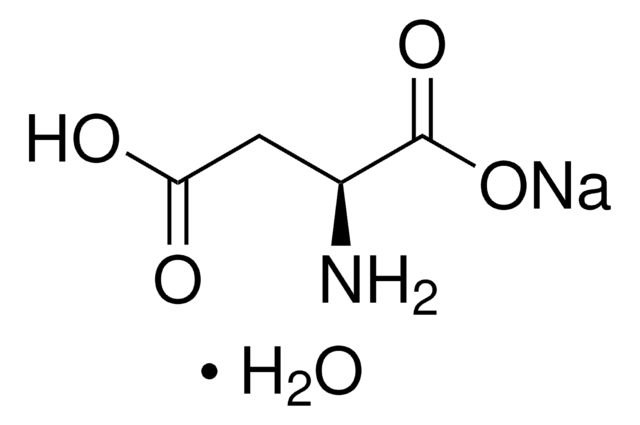219096
D-Aspartic acid
99%, for peptide synthesis, ReagentPlus®
Synonyme(s) :
(R)-(−)-Aminosuccinic acid, (R)-2-Aminosuccinic acid
About This Item
Produits recommandés
Nom du produit
D-Aspartic acid, ReagentPlus®, 99%
Niveau de qualité
Gamme de produits
ReagentPlus®
Essai
99%
Forme
powder
Activité optique
[α]20/D −24°, c = 2.3 in 6 M HCl
Pureté optique
ee: 98% (GLC)
Capacité de réaction
reaction type: solution phase peptide synthesis
Pf
>300 °C (lit.)
Application(s)
peptide synthesis
Chaîne SMILES
N[C@H](CC(O)=O)C(O)=O
InChI
1S/C4H7NO4/c5-2(4(8)9)1-3(6)7/h2H,1,5H2,(H,6,7)(H,8,9)/t2-/m1/s1
Clé InChI
CKLJMWTZIZZHCS-UWTATZPHSA-N
Informations sur le gène
rat ... Slc1a3(29483)
Vous recherchez des produits similaires ? Visite Guide de comparaison des produits
Application
- Metabolomics Analysis Identifies Differential Metabolites as Biomarkers for Acute Myocardial Infarction.: This study utilizes metabolomics to identify biomarkers for acute myocardial infarction, showcasing D-Aspartic acid′s role in amino acid metabolism and potential diagnostic applications. (Zhou et al., 2024).
Informations légales
Code de la classe de stockage
11 - Combustible Solids
Classe de danger pour l'eau (WGK)
WGK 1
Point d'éclair (°F)
Not applicable
Point d'éclair (°C)
Not applicable
Équipement de protection individuelle
Eyeshields, Gloves, type N95 (US)
Faites votre choix parmi les versions les plus récentes :
Déjà en possession de ce produit ?
Retrouvez la documentation relative aux produits que vous avez récemment achetés dans la Bibliothèque de documents.
Les clients ont également consulté
Chromatograms
application for HPLCGlobal Trade Item Number
| Référence | GTIN |
|---|---|
| 219096-1G | |
| 219096-100G | 4061833540534 |
| 219096-25G | 4061838775818 |
Notre équipe de scientifiques dispose d'une expérience dans tous les secteurs de la recherche, notamment en sciences de la vie, science des matériaux, synthèse chimique, chromatographie, analyse et dans de nombreux autres domaines..
Contacter notre Service technique


